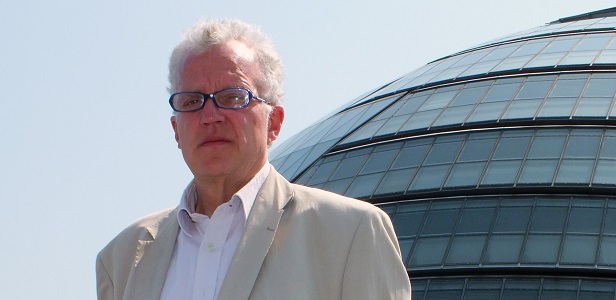For such a small country, Scotland is blessed with an extensive railway system, but because it was built by the competitive private railways of the 19th century it is not always well coordinated or tailored to the needs of the 21st century.
The future of the railways in Scotland, with lots of plans for investment, should be rosy. The situation is helped by the recent reorganisation which handed most of the responsibility for transport to one organisation, Transport Scotland, an agency of the Scottish government with responsibility for roads and rail, a much nearer approximation of Prescott’s Holy Grail of an integrated transport system than anything there has ever been south of the border. However, there is a risk in this set up too, since in this period of potential cutbacks to the transport budget, it may be the big railway schemes that will suffer rather than road projects. The next few months may well be a test of Scotland’s resolve to keep on developing its railway.
While commuters may moan at ropey old trains and tourists in the Highlands complain about the paucity of services, there is a buzz about the rail scene in Scotland. There is a genuine political commitment across all the parties to the railways north of the border where they are seen as an essential public service in contrast to the attitude in England where money is only ever begrudgingly allocated to the rail projects.
Reopenings are an interesting example of this. Whereas in England there have been very few schemes since privatisation in the mid 1990s, in Scotland there have already been successful reopenings such as the Larkhall line and the Stirling – Alloa – Kincardine, with several others, notably the Borders line, on the stocks. Bill Reeve, the director of rail strategy for Transport Scotland, is convinced that the political atmosphere in Scotland on transport is completely different to that in Whitehall and that the crucial aspect which ensures support for rail is devolution because local people will always be keen to get investment in rail: ‘Devolution tends to result in an increase in transport investment.’
There are really two completely different sorts of railways in Scotland, the heavily used routes in the central belt and the quieter lines in the rest of the country. Interestingly, both types of railway are seen as vital to the economy and feature in investment plans.
Obviously most of the money will be concentrated on the heavily used routes, which suffer from the legacy of the haphazard way the railways were built, with at one time five big companies battling against each other.
Most notably there are three routes between Edinburgh and Glasgow, and none of them is particularly fast, with the best timing being around 50 minutes. That could change soon. There are plans to electrify the Falkirk route and reduce journey times to just 35 minutes, but they are at an early stage. The rail links to Glasgow and Edinburgh airport are likely to be expensive, but are at least on the agenda.
The Crossrail scheme in Glasgow to link up various parts of the 19th century network in the city is another attempt to remedy the lack of coordination in the system but has been mired in controversy. It would cost perhaps a couple of hundred million but it has both strong supporters, who see it as an obvious way of creating more journey opportunities for Glasgow commuters and opponents who argue that it would eat up capacity for not much advantage. So far it has not been included in the list of strategic projects to be carried out, but its supporters, most prominently Strathclyde Partnership for Transport, hope the Scottish government will reverse that decision.
It is noticeable that the railways are higher up the political agenda in Scotland than in England but the debate has a different aspect. Unlike south of the border where it is improvements in punctuality and reliability that have been the main focus, often at the cost of extending the timetable, in Scotland there is an emphasis on speeding up journeys because of the need to attract more people on to the railways. The car, in a country with such a low population density will always be a strong competitor and therefore train travel has to be made attractive in order to increase its share of passengers.
